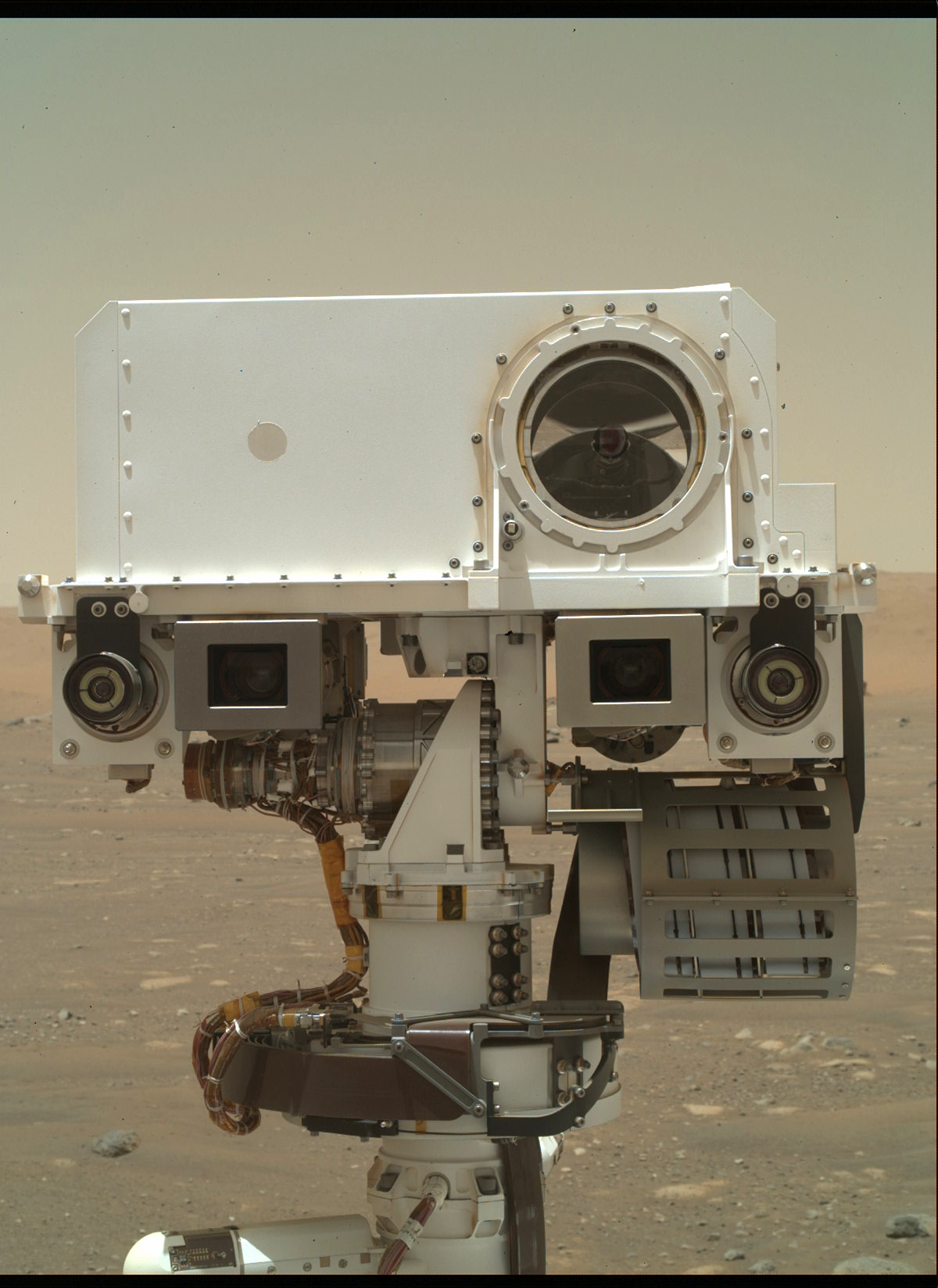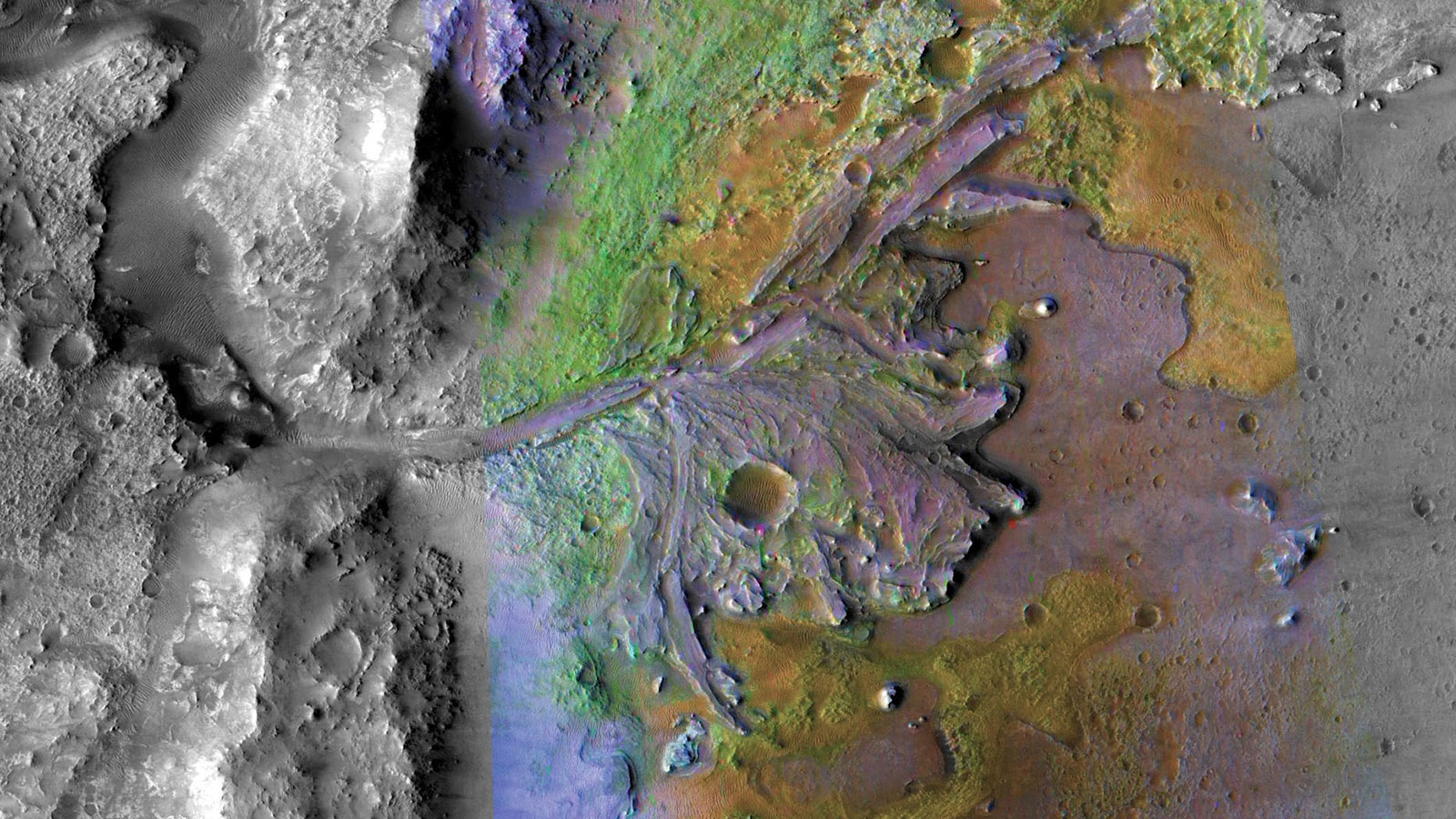VANDENBERG AIR FORCE BASE, Calif. – NASA’s Aeronomy of Ice in the Mesosphere (AIM) spacecraft arrived Saturday at Vandenberg Air Force Base, Calif., for a targeted April 25 launch aboard a Pegasus XL rocket.
The AIM spacecraft will fly three instruments designed to study polar mesospheric clouds located at the edge of space, 50 miles above the Earth’s surface in the coldest part of the planet’s atmosphere. The mission’s primary goal is to explain why these clouds form and what has caused them to become brighter and more numerous and appear at lower latitudes in recent years. AIM’s results will provide the basis for the study of long-term variability in the mesospheric climate and its relationship to global climate change.
Mating of the three stages of the Orbital Sciences Pegasus XL has been underway at Vandenberg. The AIM spacecraft now joins the Pegasus rocket at the facility. AIM will undergo a series of readiness tests to verify its state of health, and the instruments will be cleaned and calibrated. Technicians also will partially deploy the craft’s solar arrays for illumination testing.
AIM is scheduled to be mated to the Pegasus XL during the second week of April, after which final inspections will be conducted. Approximately one week later, after the test team performs a launch countdown rehearsal and flight simulation, the payload fairing will be installed around the spacecraft.
Two days before launch, the Pegasus rocket with the AIM spacecraft will be transported to the Vandenberg runway where it will be attached beneath the Orbital Sciences L-1011 carrier aircraft.
NASA’s Launch Services Program at Kennedy Space Center, Fla., is managing the AIM launch, and Orbital Sciences Corporation is conducting launch services.
AIM is the seventh Small Explorers mission under NASA’s Explorer Program. The program provides frequent flight opportunities for world-class scientific investigations from space within heliophysics and astrophysics. The Explorers Program Office at Goddard Space Flight Center, Greenbelt, Md., manages this NASA-funded mission. The Center for Atmospheric Sciences at Hampton University, Hampton, Va., leads the mission. The Laboratory for Atmospheric and Space Physics at the University of Colorado, Boulder, built two of the spacecraft’s three instruments, manages the mission and will control the satellite after launch. The Space Dynamics Laboratory of Utah State University, Logan, built the third instrument. Orbital Sciences Corporation, Dulles, Va., designed, manufactured and tested the AIM spacecraft.
For more information about NASA and the AIM program, visit:
– end –
text-only version of this release
NASA press releases and other information are available automatically by sending a blank e-mail message to hqnews-subscribe@mediaservices.nasa.gov. To unsubscribe from this mailing list, send a blank e-mail message to hqnews-unsubscribe@mediaservices.nasa.gov.
Back to NASA Newsroom | Back to NASA Homepage
RELEASE : 07-62
Dwayne Brown/Tabatha Thompson
Headquarters, Washington
202-358-1726/3895
Cynthia O’Carroll
Goddard Space Flight Center, Greenbelt, Md.
301-286-4647
George Diller
Kennedy Space Center, Fla.
321-867-2468























